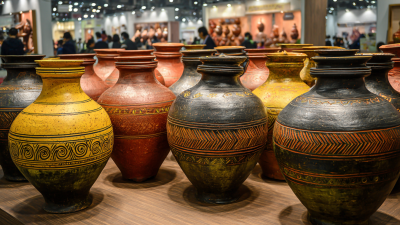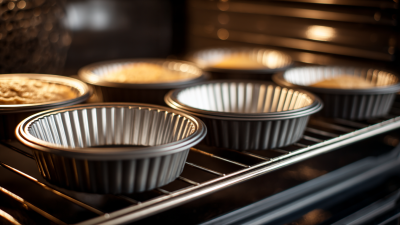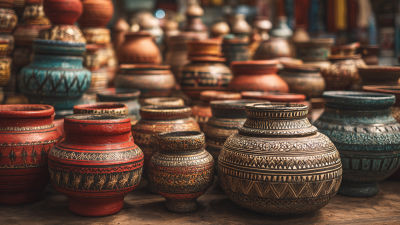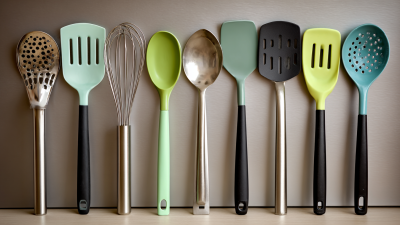In recent years, the demand for innovative bathroom accessories has surged, particularly for products that enhance hygiene and convenience. One such product gaining popularity is the Fast Drying Bathroom Mat, which boasts advanced moisture-wicking capabilities and microbial resistance. According to a report by the Global Textile Market, the increasing awareness regarding bathroom hygiene has driven sales of absorbent mats, projected to grow at a CAGR of 5.2% from 2023 to 2031. These mats not only improve safety by reducing slip risks but also contribute to a healthier bathroom environment by minimizing mold and mildew development. With the evolution of fabric technology, Fast Drying Bathroom Mats are now designed to dry significantly faster than traditional mats, making them an essential addition for any modern bathroom seeking to combine style, functionality, and cleanliness.
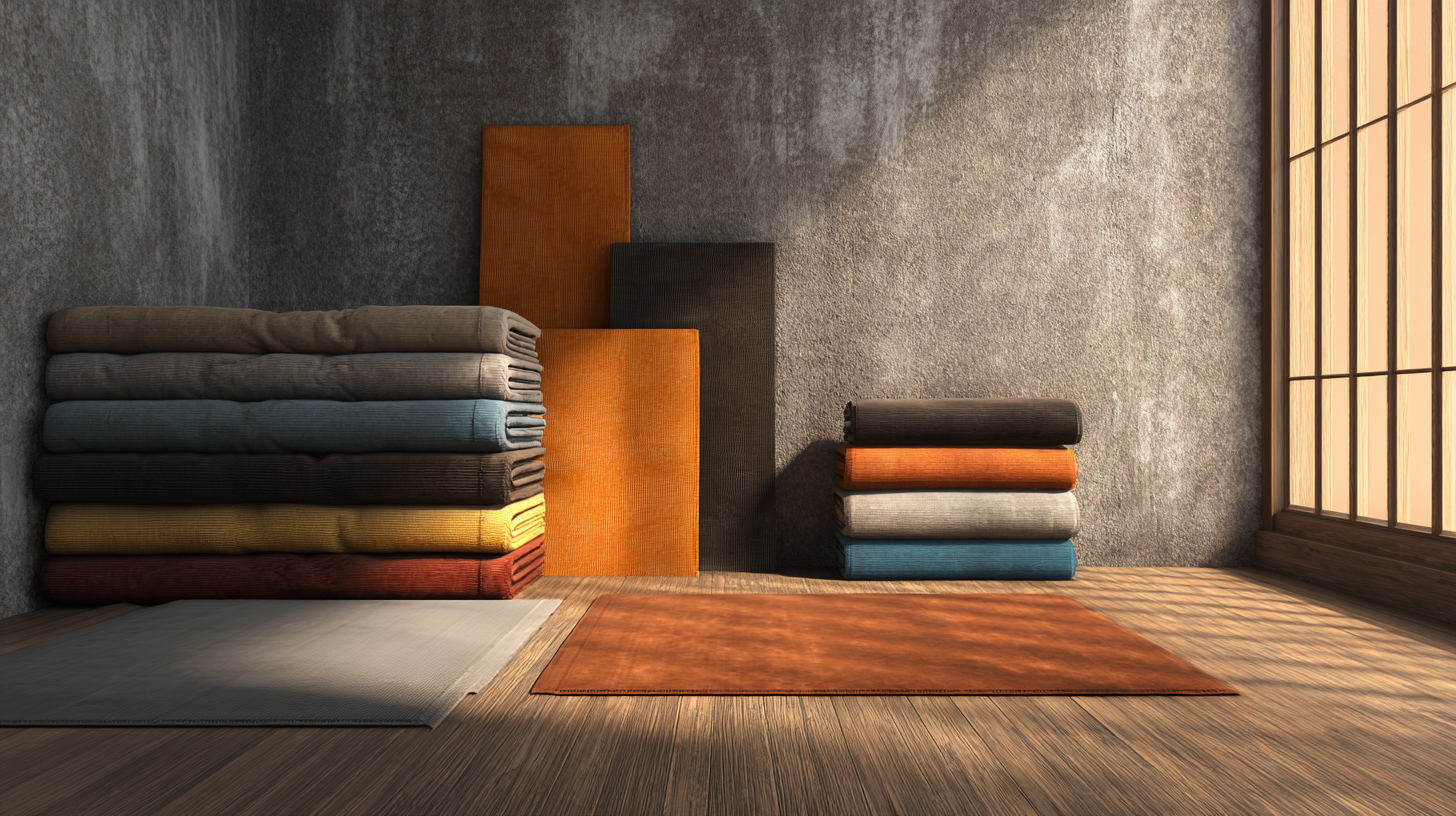
In today's fast-paced world, maintaining home hygiene is more crucial than ever, especially in the bathroom—a space that can harbor various pathogens. Studies indicate that damp environments significantly encourage the growth of mold and bacteria. Research from the Environmental Protection Agency (EPA) highlights that mold can start to develop within 24 to 48 hours in wet conditions. Fast drying bathroom mats play a pivotal role in mitigating this issue, as they absorb moisture quickly, minimizing the time these mats remain damp and creating an inhospitable environment for harmful microorganisms.
Moreover, a report by the National Center for Biotechnology Information (NCBI) emphasized that maintaining dry surfaces in living areas, particularly in bathrooms where foot traffic is frequent, reduces the risk of slip-and-fall accidents. Fast drying mats, designed with advanced moisture-wicking technology, not only enhance safety but also contribute to overall cleanliness. These mats can dry within minutes rather than hours, thereby supporting the hygiene standards vital for every household. Investing in such mats is not just a choice but a necessity for improving health and well-being in our homes.
| Material | Drying Time (minutes) | Hygiene Rating (1-5) | Absorbency (ml) | Eco-Friendliness (1-5) |
|---|---|---|---|---|
| Microfiber | 30 | 5 | 300 | 4 |
| Cotton | 60 | 4 | 200 | 3 |
| Bamboo | 45 | 5 | 250 | 5 |
| Memory Foam | 90 | 3 | 150 | 2 |
When it comes to choosing bathroom mats, the drying time is a crucial factor that often goes overlooked. The materials used in these mats significantly affect their ability to dry quickly, making a scientific understanding of these fabrics essential.
For instance, mats made from microfiber or special synthetic fibers have micro-structures that absorb moisture efficiently while allowing air to circulate, facilitating rapid evaporation. This unique construction minimizes the amount of water retained, promoting faster drying times compared to traditional cotton mats.
In addition to microfiber, materials like bamboo and certain types of memory foam are gaining popularity due to their quick-drying properties. Bamboo, being highly absorbent and naturally resistant to mold and mildew, is an excellent choice for maintaining hygiene. Moreover, memory foam mats often feature a water-resistant backing that further enhances their drying capabilities. Understanding these materials not only helps consumers make informed choices but also ensures a cleaner and more pleasant bathroom environment.
Fast drying bathroom mats play a crucial role in preventing mold and mildew growth, which can have serious implications for both health and home maintenance. According to a report from the Environmental Protection Agency (EPA), mold can develop within 24 to 48 hours in damp conditions, highlighting the necessity of materials that dry quickly. Traditional bathroom mats often retain moisture, creating an ideal environment for mold spores to thrive. In contrast, fast-drying mats utilize advanced technology and materials that wick away moisture, reducing the time it takes for the surface to return to a dry state.
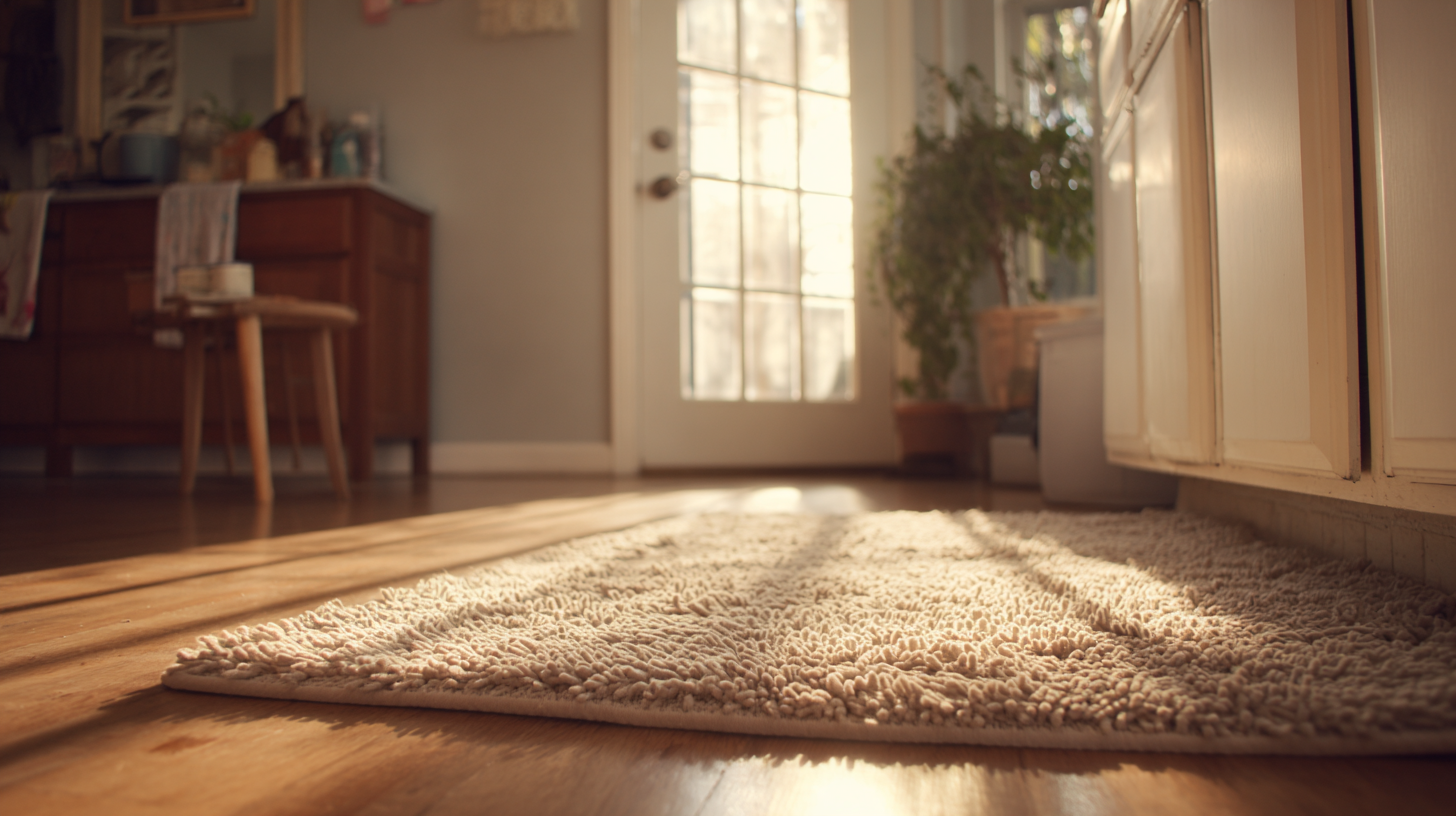
Industry research shows that mats made with antimicrobial fibers not only dry faster but also inhibit the growth of mold and mildew. A study published in the Journal of Applied Microbiology found that these specialized fibers can reduce microbial populations by up to 99% within a few hours of exposure to moisture. By investing in fast-drying bathroom mats, homeowners can significantly decrease the likelihood of mold-related health issues, such as respiratory problems and allergies, while also extending the lifespan of their bathroom textiles.
In recent years, the need for effective moisture management in bathroom textiles has driven innovation in fabric technology. The core of absorbent and quick-drying bathroom mats lies in advanced materials engineered to enhance water absorption while facilitating fast evaporation. Manufacturers often utilize synthetic fibers, such as microfiber, which possess a high surface area that allows them to soak up moisture swiftly. This property makes these mats not only super absorbent but also capable of drying in a fraction of the time compared to traditional cotton mats.
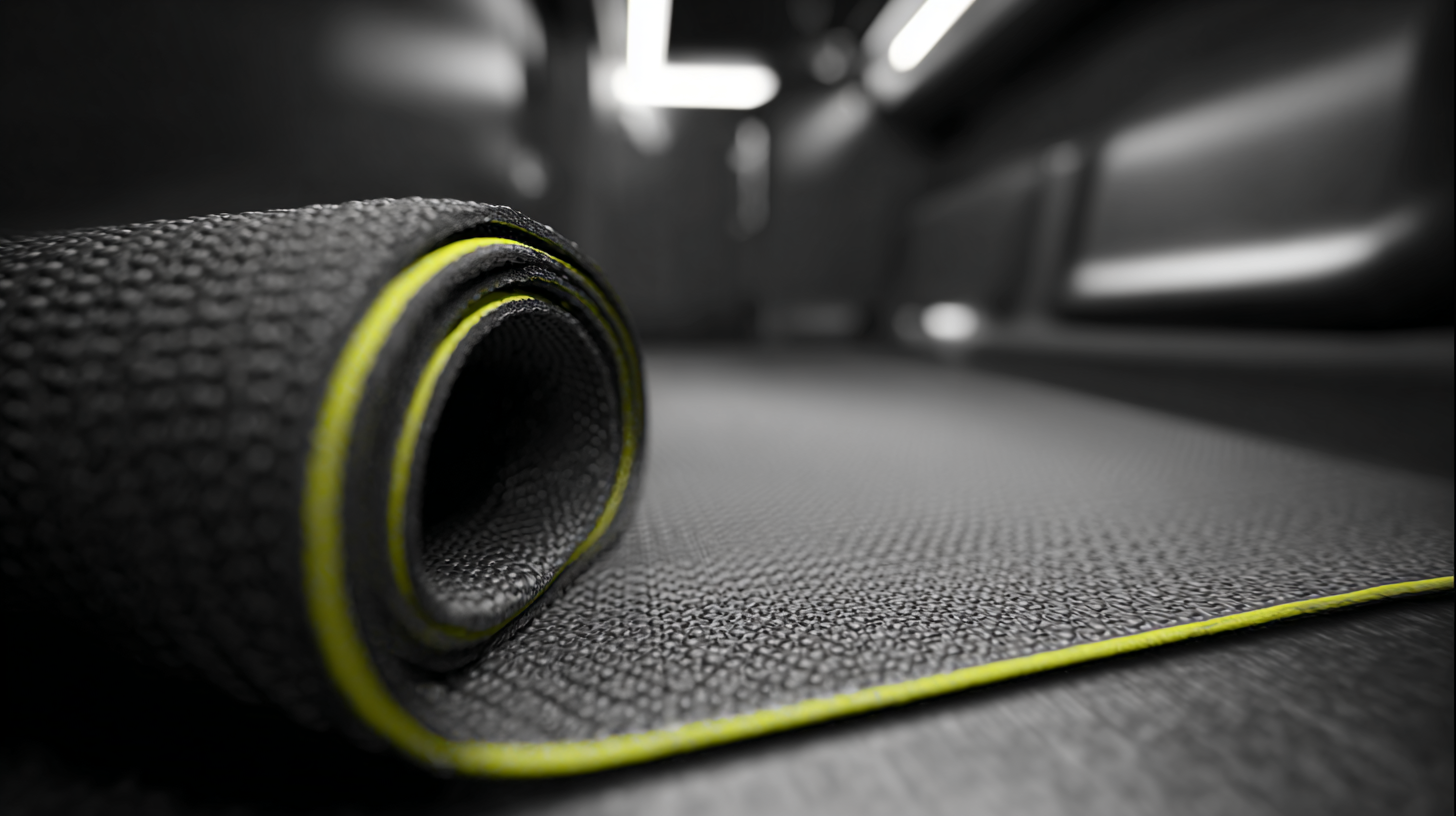
Moreover, some of these fabrics incorporate hydrophobic and breathable technologies that further improve their performance. Hydrophobic coatings repel water from the surface, minimizing the time water sits on the fabric, while breathable structures promote airflow and evaporation. Some advanced bathroom mats also feature anti-microbial properties to prevent the growth of mold and mildew, ensuring that your bathroom remains clean and hygienic. By understanding the science behind these innovative materials, consumers can make informed decisions and enjoy a cleaner, more comfortable bathroom experience.
When selecting the right fast drying bathroom mat, it's essential to consider materials that promote quick moisture evaporation. Studies have shown that mats made from microfiber or bamboo fibers can absorb up to seven times their weight in water while still drying quickly (Source: Home Textiles Association, 2021). These materials not only enhance efficiency but also contribute to a healthier bathroom environment by minimizing mold and mildew growth, which thrive in damp settings.
Another crucial factor is the mat's thickness. A thinner mat often dries faster than a thicker one, but it’s vital to balance absorbency with comfort. Research indicates that a mat with a pile height of around 1/2 inch strikes an ideal balance, offering a plush feel underfoot while still allowing for rapid drying (Source: American Institute of Textile Technology, 2022). Additionally, consider the backing of the mat; non-slip options made from rubber or latex can provide safety without absorbing excess moisture, ensuring both functionality and security in wet areas.
